Dealing with Metaplots in TTRPGs
“Metaplot” is often a dirty word around TTRPG players, and I just don’t understand this negative attitude. Here are some ways to deal with them (the metaplots, not the players with a negative attitude), all of which I’ve done to some degree or another except the last option.
What’s a Metaplot
First, I want to clarify the definition of “metaplot” because I’ve once heard about a completely different (and rather baffling) definition. As far as I can tell, the generally agreed upon definition of “metaplot” is the existence of an authoritative timeline of events driving a setting past the usual starting point of play in time.
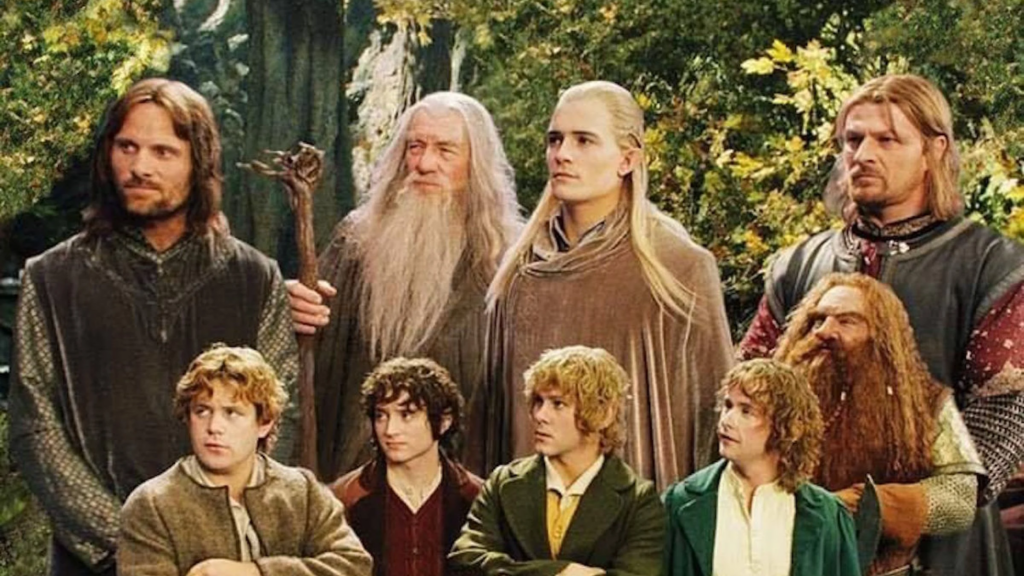
The most common type of settings with metaplots are those adapted from an existing IP. For instance if you play in Middle Earth, there is an existing timeline that defines, say, how the Ents rise again and help destroy Isengard, how King Theoden dies, how Gondor’s rightful king returns, how Mordor fall, and many more world-spanning events. If you play in the Star Wars universe, there is an existing timeline that defines how the rebels grow against the Empire, how the Jedis come out of hiding, and how the Emperor is killed.
Of course, the setting with the most established and far ranging metaplot is Earth. A game played in a historical setting has, by definition, a metaplot. I don’t think there’s any way to play on Earth without a metaplot, but I guess you could consider that playing in the present would be it (although the real world’s metaplot will almost always go faster than your game!) or clearly saying that the game setting is an alternate timeline (although I would argue this is just using option 4 below).
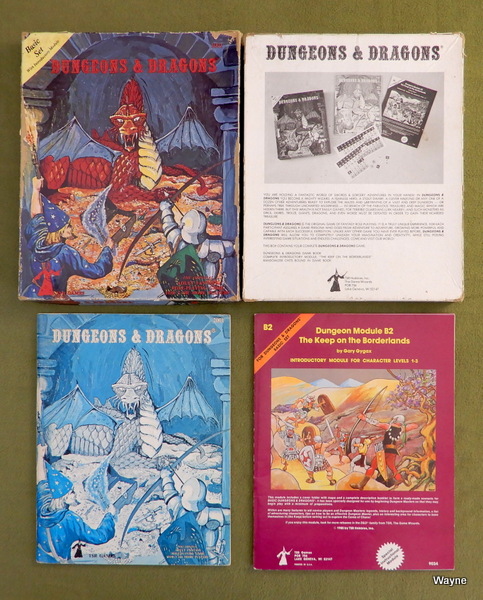
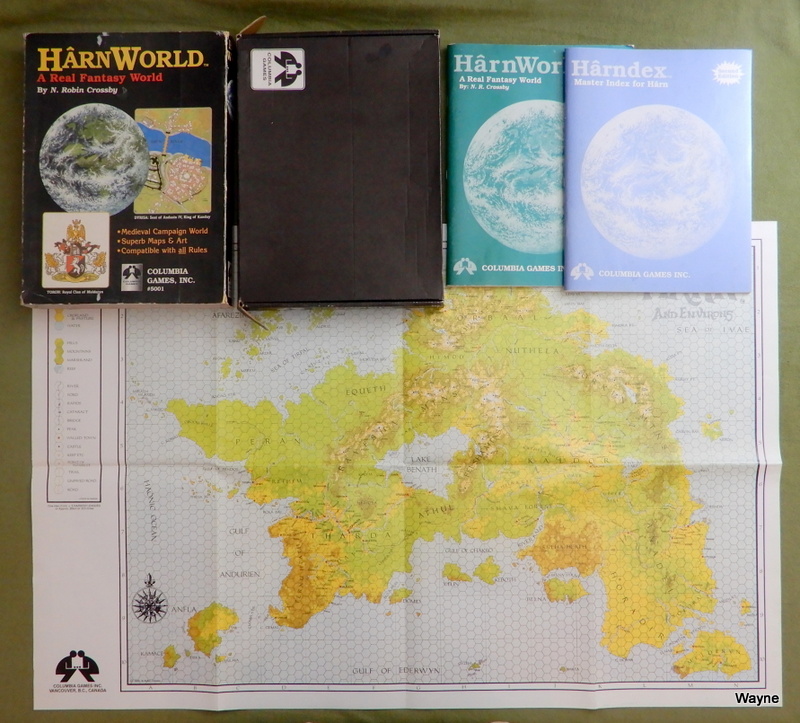
By opposition to that, many game settings have no metaplot, from those with only “implied” settings or semi-randomly generated settings, to those with extremely deep settings that are consciously only described in the past. Harn is an example of this: despite having almost 40 years of publishing history, every single book only describes the setting up to the first day of the year 720 TR exactly. You’re of course expected to play in 720 or later.
What To Do With a Metaplot
Option 1: Avoid It, Ignore It
A metaplot only matters if a game clearly establishes a starting point of play that is still within the established timeline. If you don’t like a metaplot, you can simply avoid it by moving the campaign’s start.
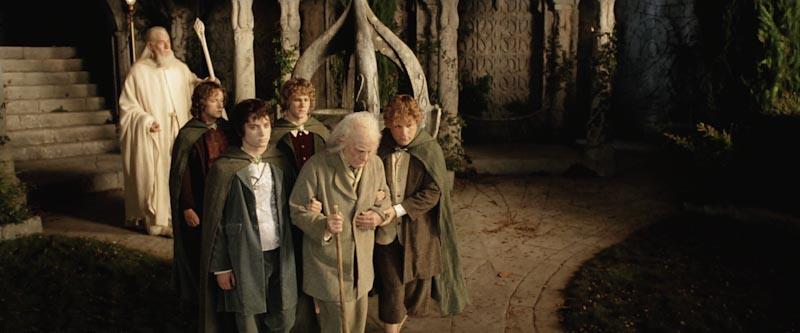
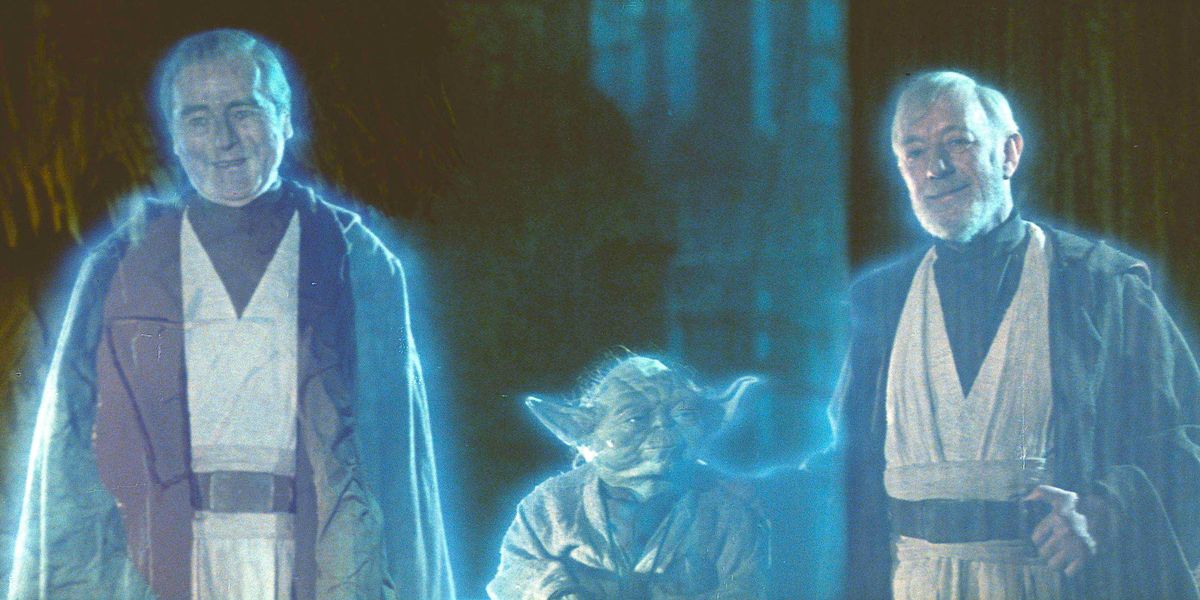
For example if you start a Middle Earth game after the One Ring has been destroyed, there isn’t much of a metaplot. The books’ story is now simply the setting’s recent historical events. If you start a Star Wars campaign just after the death of Emperor Palpatine, there isn’t much of a metaplot either. That’s when the Mandalorian series happen, for example. And sure we know that somehow in the next 30 years the First Order rises from the ashes of the Empire, but that barely counts as a metaplot.

The Avatar Legends RPG does something a bit like it for some of its eras. The Aang era cleverly starts not only after the end of the original TV series, it also starts after the end of the latest published comic books. Just as with Star Wars, we now have a big gap until the next big of metaplot (from the Legend of Korra TV series), with only some vague notions of what’s happening, such as a wave of technological progress, or the growth of Cranefish Town into Republic City.
Of course, I also have to mention the most simple way to avoid a metaplot: ignoring it! Nobody will kick down your door if you simply ignore an IP’s metaplot. You can always do whatever you want at your table. Sure, if you play in a well established IP like Star Wars or Avatar, players will expect that a good chunk of the events depicted in the IP have also happened, or will happen, in the game world — those events are the reason they want to play in this world after all! But other metaplots, such as those contained in optional book materials of a game line (like, say, parts of the World of Darkness metaplot) can be super easily ignored. You save money, too.
Option 2: Put it in the Background
Can you run a horror campaign set in the 1930s in Europe? A mythic Greece game set in the Peloponnesian War? A Three Musqueteers or Robin Hood campaign set in their respective eras?
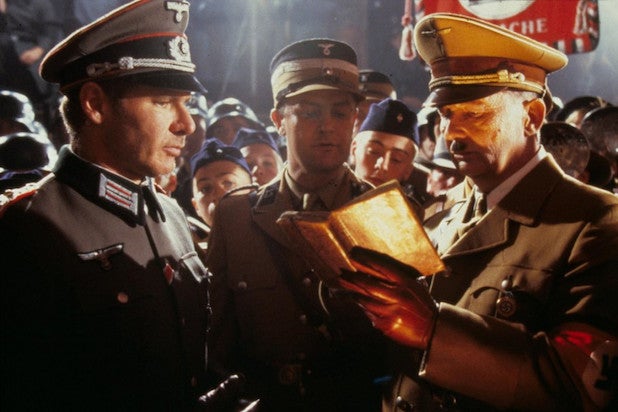
What these games probably have in common is that the “metaplot” of Earth is only the backdrop of a campaign that’s otherwise focused on something else. For instance, the 1930s horror campaign might be focused on stopping some Mythos cult from bringing forth an eldritch god, and that’s the whole point of the adventure. Sure the cult is bankrolled by the Nazis. The players have to track down a magical artifact in South America and complications arise from the Columbia-Peru war. At some point in 1937 they board the Hinderburg and fight some cultists mid-flight.
The point is that the game isn’t about the metaplot. The metaplot only provides an exciting backdrop. This can be an opportunity for classic tropes (Nazi cultists), a complication (looking for a McGuffin in the middle of a war), or a fun easter egg (the Hindenburg went down in flames because Bob botched his grenade throw roll). Use the metaplot only to enhance the adventures, heighten the stakes, or feature cool cameos. Ignore it the rest of the time.
Option 3: Freeze It
In this option the big NPCs are stuck in their patterns, and your campaign is effectively a procedural series instead of a drama.
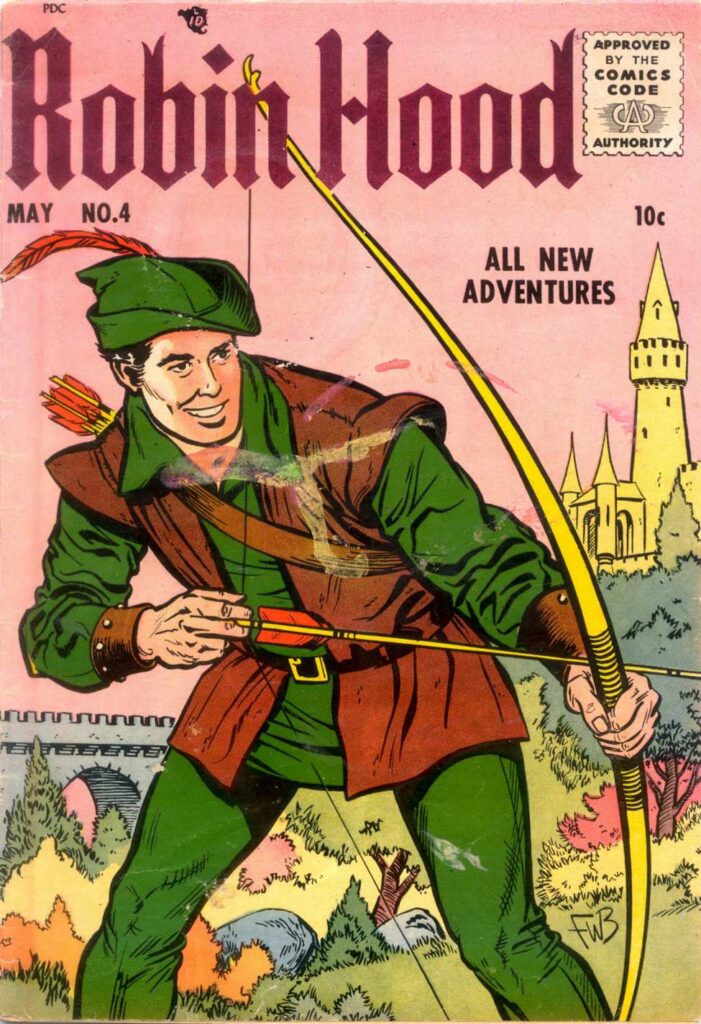
For instance, if you play a Robin Hood campaign, the Sheriff of Nottingham is always the bad guy. Prince John is always on the throne, and King Richard is always missing-but-hopefully-coming-back-anytime-now. The years go by but you don’t track them. It’s always the late 1190s and we never see any significant event shaking up the setting. In Glorantha, the Lunars are always occupying Sartar, your Orlanthi heroes are always fighting their oppression, and the Dragonrise never happens.
That’s not a bad approach! In fact, entire beloved TV series function in this way.
Option 4: Toy With It
You can of course use the metaplot simply as a guideline, or as a box of toys for you to play with.
You know how some published scenarios have a chapter describing what happens next if the player characters don’t get involved or fail to stop the bad guys? Well, you can treat the metaplot in the same way. The player characters might prevent an important NPC’s death, or precipitate it. They might steal a critical piece of information that changes the course of a war, or indirectly cause one. But if they don’t do anything, the metaplot chugs along as pre-established.

In this case the metaplot acts as a very useful “baseline” for what happens in the setting. This is important because it’s a lot easier to riff off a baseline than it is to work from a blank page. And if you’re the kind of person who prefers the latter, it’s easy to simply ignore the metaplot, right? After all, if you prefer to create things from scratch, you can hardly complain when published material follows the metaplot — you’re not using this published material, you’re making things from scratch.
To me, toying with the metaplot is the fun part. Players might have some idea of what’s coming up, but then again maybe not. I have something to fall back on when I don’t have time to prep, and I can diverge from it when I don’t like some bit.
Option 5: Let Players Take Control
In this option, you punch some holes in the metaplot and let the players step-in, potentially replacing a famous NPC. This is the only option I haven’t tried yet, because I don’t do a lot of games with “world-shaking heroic player characters”.

So for example if you play in the Star Wars universe after the Battle of Yavin, you could let Luke and Han freeze to death on Hoth. Now the rebellion is in mourning, and their plans all messed up, but lo and behold the player characters step in!
Or, without resorting to murderous hypothermia, maybe the metaplot characters are busy with something and a whole chunk of the metaplot is left to the player characters. For instance, maybe Han and Leia have to lay low for longer than expected because the Empire has sent many more bounty hunters on their tail. So now it’s up to the player characters to go to Cloud City and negotiate with Lando Calrissian. They meet Luke there, have adventures that sort of look like the second act of The Empire Strikes Back but not completely (the gamemaster obviously has to change some key elements to surprise the players!) and possible create a short or long lived branch in the timeline through their actions!
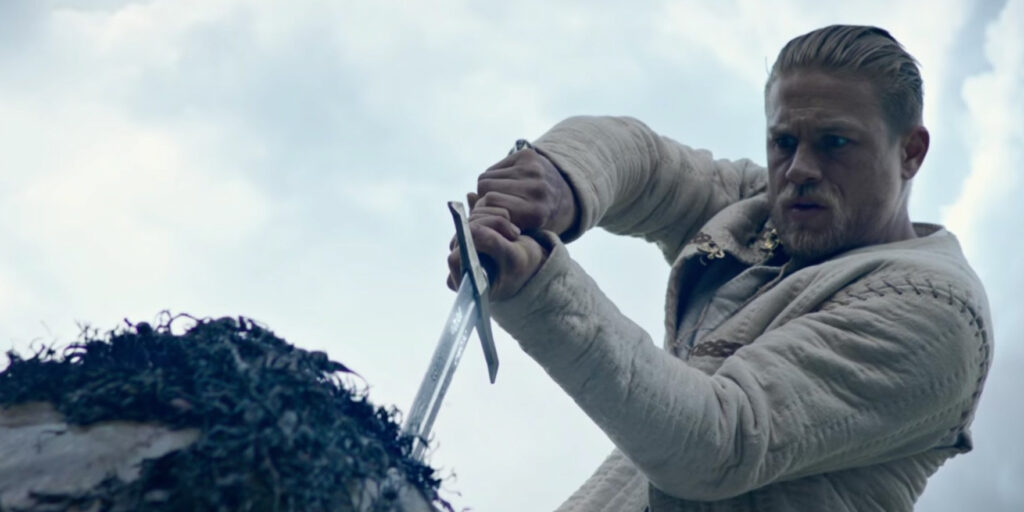
I think that this approach might only be good at small dosage. What’s the Star Wars universe if you completely remove Luke Skywalker from it? Can you say you’re playing Pendragon if Arthur doesn’t exist and, instead, it’s one of the player characters who draws the sword from the stone? Would that player even have fun trying to emulate someone else’s character? Would you end up with shitty Arthur called Chad? I don’t know.
But I think there is some value there. The gamemaster can look at the metaplot and re-allocate certain pieces of the narrative to be player-driven. I imagine that this also quickly requires the gamemaster to start an alternative timeline… I mean, the chances of the players getting Lando killed, and leaving Cloud City in flames, are pretty high, right?

Well that’s it for metaplots for now. As far as I’m concerned, I almost always mix options 2 (“put it in the background”) and 4 (“toy with it”), although I guess I’m implicitly doing option 1 (“avoid it”) since I’m soon starting a game of Avatar Legends set in the Aang era.
As always, I hope these essays are useful to someone out there.